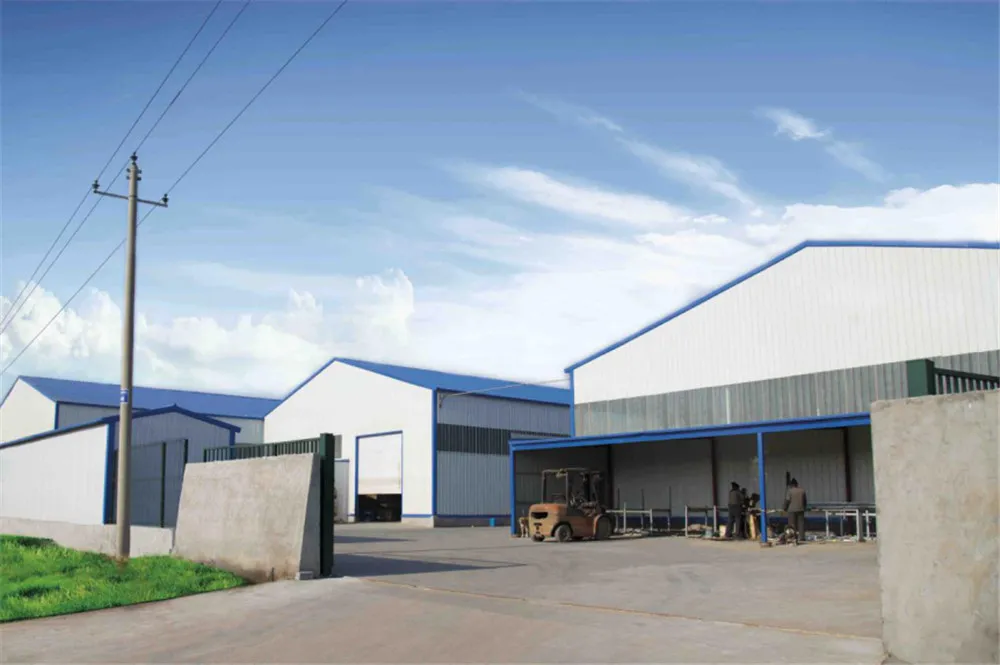
Dec . 26, 2024 03:36 Back to list
Choosing the Best Materials for Effective Field Fencing Solutions
Field Fencing Materials A Comprehensive Guide
When it comes to managing agricultural fields, protecting crops, and maintaining livestock, choosing the right fencing materials is crucial. Field fencing serves multiple purposes, including keeping animals contained, safeguarding crops from wildlife, and delineating boundaries. This article will explore various types of fencing materials available and their respective advantages and applications.
1. Wire Fencing
Wire fencing is one of the most commonly used materials in agricultural settings. This type can be categorized into several types
- Barb Wire Barb wire consists of twisted strands with sharp barbs spaced at intervals. It is an effective barrier against larger animals, providing security without being overly expensive. However, it is less suitable for smaller livestock, as they can get injured on the sharp edges.
- Field Wire (or Stock Wire) This is a woven wire that is typically used for cattle and other livestock. It comes in various heights and gauges, providing flexibility based on the type of animal you intend to contain. Field wire is effective for mixed grazing systems.
- High-Tensile Wire Made from stronger steel, high-tensile wire is resistant to sagging and can be stretched tighter than standard wire. It offers durability, requiring minimal maintenance, and is ideal for long fence runs.
2. Wooden Fencing
Wooden fencing adds aesthetic appeal while providing a sturdy structure. Common forms of wooden fencing include
- Post-and-Rail Fences This classic design features horizontal rails attached to vertical posts. It's more decorative than functional, serving well to contain larger animals like horses. However, wooden fences require regular maintenance to prevent decay, especially in moist climates.
field fencing materials

- Stockade Fences Composed of closely-set vertical wooden planks, stockade fences provide both security and privacy. While they are ideal for protecting gardens and areas requiring seclusion, they can be costly and labor-intensive to build.
3. Vinyl Fencing
Vinyl fencing is gaining popularity due to its low maintenance needs and long lifespan. It is available in various styles that mimic wooden fences, providing both functionality and aesthetic appeal. Vinyl does not rot, fade, or require painting, making it an excellent choice for those looking for a durable and visually appealing option.
4. Chain Link Fencing
Chain link fencing is affordable, versatile, and provides clear visibility. While it may not be as secure against larger animals as other fence types, it serves well for enclosing smaller yards or gardens. It is also resistant to rust and can be coated with vinyl for enhanced durability.
5. Electric Fencing
Electric fencing is an effective solution for containing livestock, particularly in larger areas. It is often used in conjunction with other fence types to enhance security. While it requires a power source, modern solar-powered options make electric fencing more accessible. This type of fencing deters animals through a harmless electric shock, encouraging them to stay within boundaries without causing injury.
Conclusion
Choosing the right field fencing materials involves considering various factors, such as the type of livestock, the desired level of security, budget, and aesthetic preferences. Each fencing type has its unique benefits and potential drawbacks. Ultimately, the best solution will depend on individual needs and circumstances. By understanding the different fencing materials available, farmers and landowners can make informed decisions that will protect their fields and livestock effectively while maintaining the charm and integrity of their properties.
-
Why a Chain Link Fence is the Right Choice
NewsJul.09,2025
-
Upgrade Your Fencing with High-Quality Coated Chicken Wire
NewsJul.09,2025
-
The Power of Fence Post Spikes
NewsJul.09,2025
-
The Best Pet Enclosures for Every Need
NewsJul.09,2025
-
Secure Your Property with Premium Barbed Wire Solutions
NewsJul.09,2025
-
Enhance Your Construction Projects with Quality Gabion Boxes
NewsJul.09,2025
Products categories











